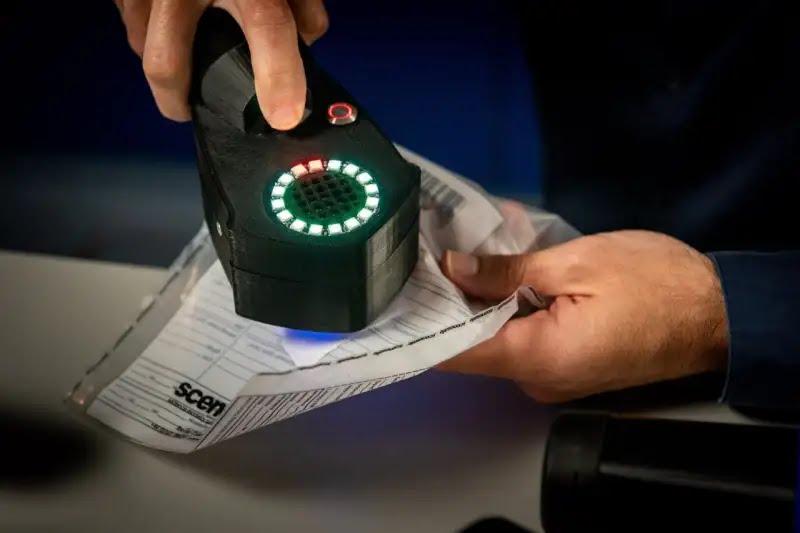A pocket-sized device developed by the University of Bath in the UK is about to revolutionize the way we detect illegal drugs. With 95% accuracy, this tool is designed to quickly identify synthetic drugs, such as SCs, which are becoming increasingly pervasive
The fight against illegal drugs has always represented a challenge for authorities and communities (there are also drugs that bypass controls, but that's another story). Innovation and scientific research chase the problem just as antiviruses chase viruses in information: the latest example comes from the United Kingdom, with a study that I link to you here.
A bloodhound in your pocket
The device, no larger than an ordinary smartphone, has the ability to detect psychoactive substances that can be fatal and often cause serious side effects including psychosis, strokes and seizures. The peculiarity of these drugs is that they can be absorbed by materials such as paper or fabric, making their detection extremely difficult with traditional technologies.
The operation of the device is based on the fluorescent properties that make up the central part of the synthetic cannabinoid molecule. When it comes into contact with a material suspected of containing SCs, the device first identifies the material and then tests for the presence of the drug. An "alarm" manifests itself as a bright ring of LEDs, visible to the operator, which signals the presence of the substance. The higher the concentration of SCs, the brighter the light emitted by the LEDs.
Spice: an invisible enemy

One of the main drugs detected by the device is Spice. Originally designed to mimic the effects of natural cannabis, Spice is much more potent, making it considerably more dangerous and unpredictable. Recently, Spice has also been added to e-cigarette liquids, putting unsuspecting smokers at risk.
Beyond drug detection
The research team, led by Professor Christopher Pudney, it doesn't stop there. With further development, they are confident that their device will be able to detect all types of synthetic drugs. Pudney highlights the importance of this tool, describing it as “truly revolutionary”. It is battery powered, ultra-portable, low cost and provides instant results.
The research team is already working to further improve the device, with the aim of detecting more “complex” drugs, including benzodiazepines and highly dependent opioids. A goal that, say the researchers, could be achieved within the next two years.
With the introduction of this device, communities and institutions will have a powerful ally in the fight against synthetic drugs. The ability to quickly and accurately detect these drugs can lead to reduced use and increased safety for all.


